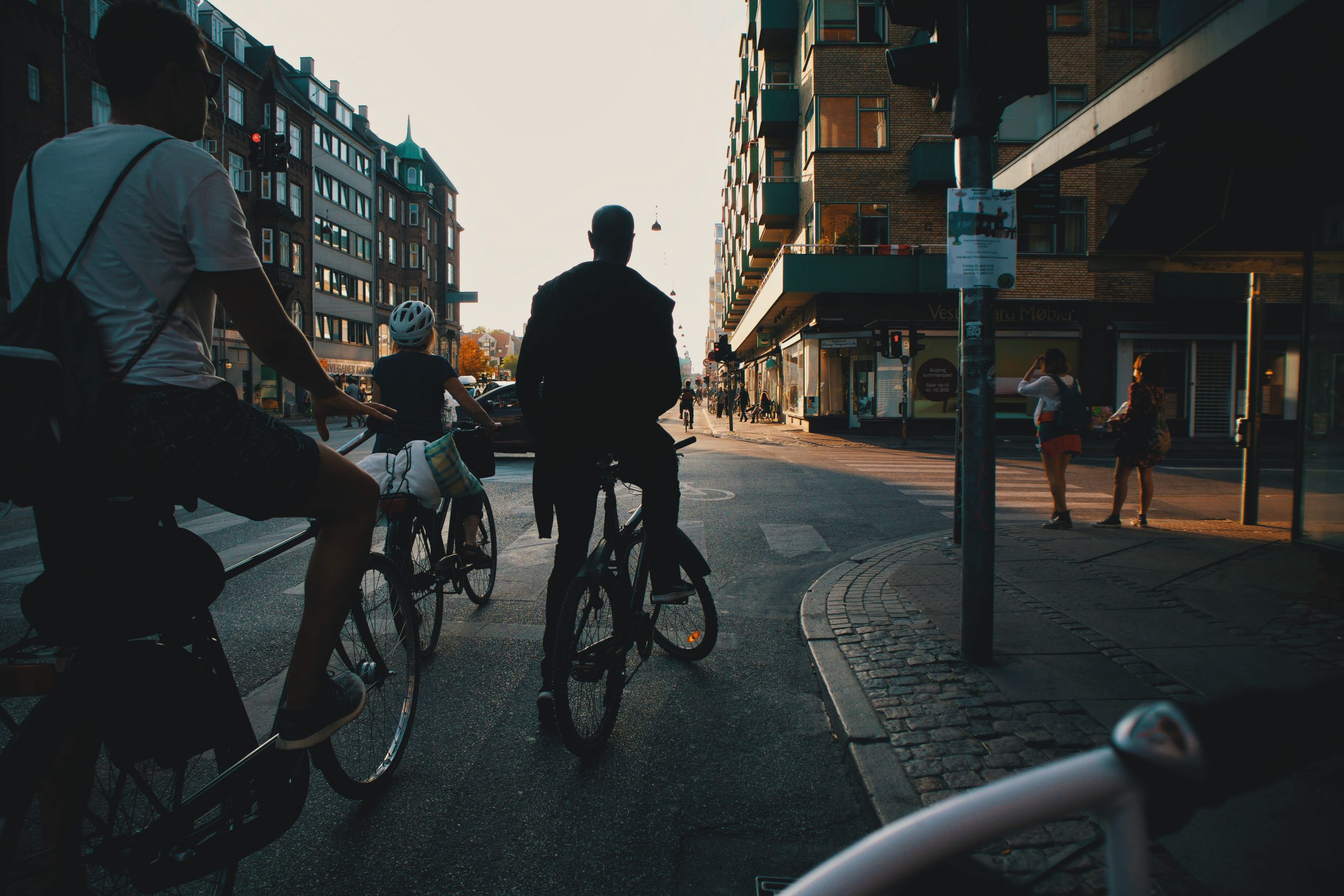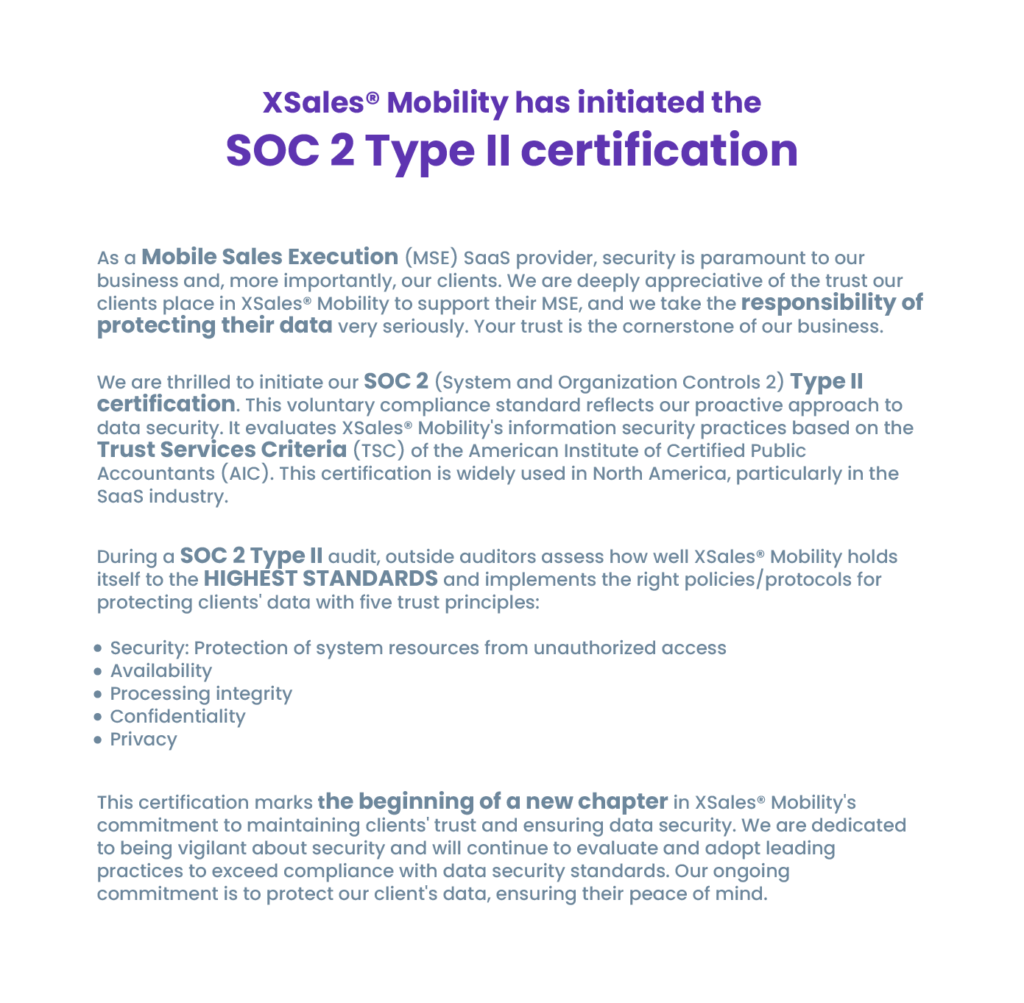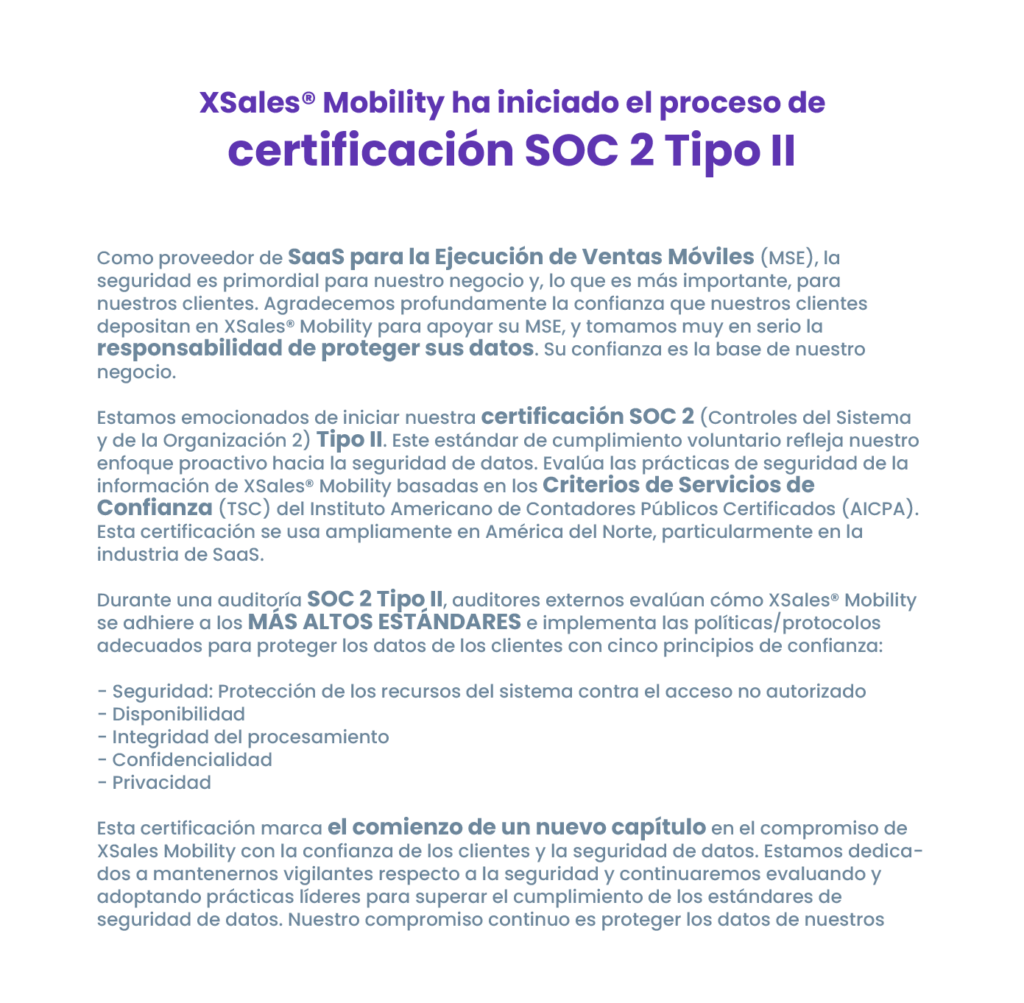Mobility as a service or “MaaS” represents the next revolution in mobility. At its core, MaaS relies on a digital platform that integrates end-to-end trip planning, booking, electronic ticketing, and payment services across all modes of transportation, public or private. This concept has been going around since 2016, when Helsinki (Finland) residents were able to use an app called “Whim” (owned and developed by MaaS Global) to plan and pay for all modes of public and private transportation within the city—be it by train, taxi, bus, carshare, or bikeshare. The idea was to offer an alternative to owning a car in the form of an app that works out the best option for every journey, so the users would opt to give up their personal vehicles for city commuting, not because they’re forced to, but because the alternative is more appealing. The vision of Kaj Pyyhtiä, co-founder of MaaS Global, was to create a movement in which all the actors go in the same direction at the same time, and he managed to materialize his vision through Whim.
After his initiative, many other cities, including Singapore, Taipei and Toronto, became interested in how the Helsinki model could work for them. Currently, the Whim app has been successfully launched in Great Britain and the Netherlands. Even Barcelona (Spain) is on bard! Implementing 2 years ago a similar mobility model called “MaaS Catalonia”, which seeks to be a frame of reference to achieve synergies and new opportunities in the Spanish region.
The reason fueling the interest on this trend is to solve the overpopulation problem and its repercussion on the urban mobility.
According to the World Health Organization (WHO) “The urban population in 2014 reached 54% of the total while in 1960 it represented 34%”. Furthermore, UNICEF foresees that by the year 2030, countries such as Mexico, the USA, Canada, the United Kingdom or Spain, will have 80% of their population living in cities. Nations such as France, Brazil or Australia will see this figure increase to 90% of the population as a whole.
In this context, a series of problems arise that must be faced in order to guarantee balanced societies capable of absorbing and responding to these situations. Urban mobility, directly related to environmental pollution, is one of the main challenges for cities. In this sense, as urban density continues to grow, MaaS provides an alternative way to move more people in a way that is faster, cleaner, and less expensive than current options, transforming a relatively inflexible transportation system into one whose flexibility is indisputable.
Fortunately, consumers have increasingly embraced new mobility options over the last decade. Carsharing had nearly 5 million members worldwide in 2014 and it was projected to exceed 23 million members globally by 2024, that’s 3 years from now!. Public bikeshare schemes has spread through the globe and Uber’s global footprint has expanded incredibly.
However, even though the people may be ready for this revolution, there are critical components that every MaaS system needs to be properly implemented:
The first one, is Infrastructure:
It is essential to prepare a circulation system suitable for hosting a MaaS model. In this sense, services such as public transport, scooters or bicycles should be prioritized to the detriment of private vehicles, with the exception of shared cars or emergency vehicles. In addition, adequate infrastructure must be promoted to facilitate the use of scooters, electric scooters or bikes.
The second is Data availability:
knowing about the habits of the population and mobility trends is essential to be able to plan both in the short and long term. Thus, the city of Copenhagen implemented almost 10 years ago a series of initiatives aimed at collecting data and having in-depth knowledge of transport through information collected through connected vehicles, mobile devices and sensors on the roads. Knowing which areas are busiest, at what time and by what type of vehicles, allows municipal authorities to design a transport strategy according to needs.
Finally, there are the Incentives:
Materializing the change towards a MaaS model requires the constant support of institutions through measures that encourage the supply and use of new mobility systems. It is necessary to carry out public urban planning policies that propose a good use of public transport, such as putting commercial areas underground and houses on top, in such a way as to limit the need to take the car. In addition, economically incentivize operators of scooters, electric bikes and the like. For example, Luxembourg offers free public transport in areas identified as MaaS.
MaaS represents an ecosystem, not an ego-system, where owning a car doesn’t mean what it used to mean anymore. So, are you ready to join this mobility revolution?




